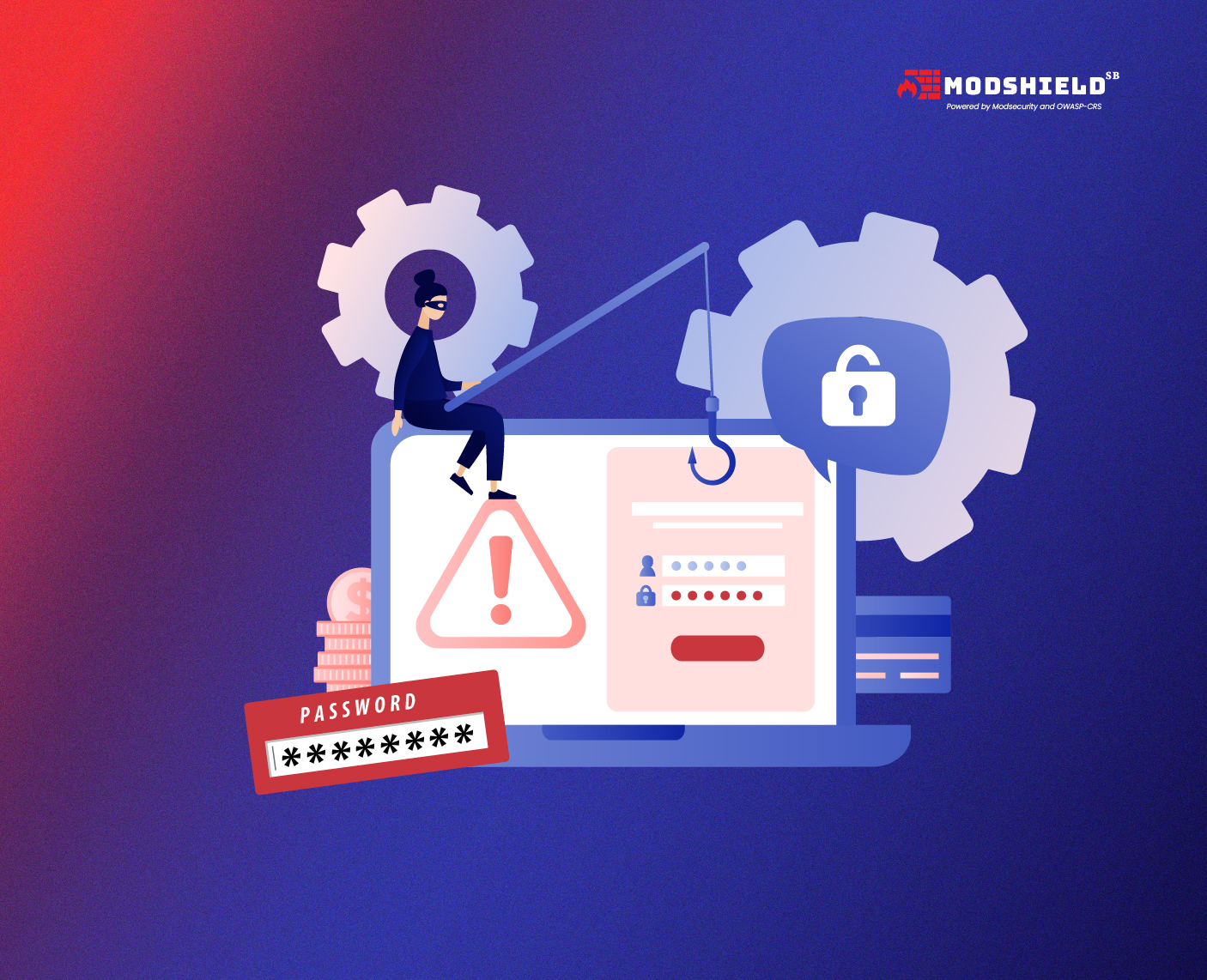What Is A Brute Force Attack? What Are The Measures To Prevent Brute-force Attacks?
What Is A Brute Force Attack? What Are The Measures To Prevent Brute-force Attacks?

One of the most common and persistent threats is the brute force attack. A brute force attack is a cybersecurity threat where attackers attempt to gain unauthorized access to a system, network, or encrypted data by systematically trying all possible combinations of passwords, keys, or other credentials until the correct one is found. This type of attack leverages the sheer power of computing to break through security barriers, often targeting weak passwords or encryption standards. This blog aims to provide a comprehensive overview of what brute force attacks are, the different types, how to identify them, and the measures to prevent them, with a special focus on mitigation using ModshieldSB.
What is a brute force attack?
A brute force attack is a method used by attackers to gain unauthorized access to accounts, systems, or networks by systematically trying all possible combinations of passwords or encryption keys until the correct one is found. This type of attack relies on the sheer computing power to try as many combinations as quickly as possible, often executed using automated tools and scripts.
Types of brute force attacks
Brute force attacks are a common method used by attackers to gain unauthorized access to systems and information. These attacks can be executed in various ways, each utilizing different strategies to break into a target. Below are some of the most prevalent types of brute force attacks:
How do you identify brute force attacks?
Identifying a brute force attack involves monitoring for unusual patterns that could indicate an attempted breach:
- Multiple Failed Login Attempts: An abnormal spike in failed login attempts from a single IP or across multiple accounts.
- Logging Patterns: Frequent login attempts at unusual hours or from unfamiliar locations.
- Consistent Attempts on One Account: Continuous attempts to access a particular account, especially if unsuccessful.
- High Traffic Volume: Unusual surge in traffic that could point to automated tools making numerous requests.
- Repeated Lockouts: Multiple accounts become locked due to failed password attempts within a short period.
Measures to prevent brute force attack in 2024
In 2024, cybersecurity strategies must evolve to stay ahead of increasingly sophisticated brute force tactics. Here are some effective measures to prevent such attacks:
Brute force attack mitigation with ModshieldSB
ModshieldSB is an advanced web application firewall (WAF) designed to protect websites and applications from various cyber threats, including brute force attacks. Here’s how it helps:
- Advanced Rate Limiting: ModshieldSB can limit the number of login attempts from a single IP address, making it difficult for attackers to use brute force methods effectively.
- IP Reputation Management: It maintains and updates a database of known malicious IPs, blocking access before an attack can begin.
- Behavioral Analysis: The WAF can learn and analyze user behavior patterns to detect anomalies that may indicate a brute-force attack.
- Integrated CAPTCHA: By incorporating CAPTCHA into the authentication process, ModshieldSB adds an extra layer of security against automated scripts.
- Customizable Rules and Policies: Administrators can set specific rules and policies tailored to their organization’s needs, providing a more robust defense against brute force attacks.
Understanding the nature of brute force attacks and implementing robust preventative measures is essential. As we move into 2024, leveraging advanced tools like ModshieldSB WAF and adopting strong security practices will be pivotal in safeguarding against these persistent threats.
